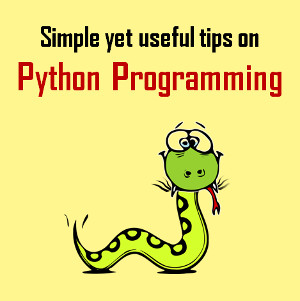Thinking of Serial Number and Locating Computation in esProc
1.Accessing Members
Members in a set (sequence) of esProc are organized in order. Therefore, you can reference a member in a set with the serial number of the member. The more flexible use of serial number, the better esProc functions and the operation will be much simpler and more efficient.In fact, the serial number or serial number ISeq must be used to implement certain functions in esProc, such as the delete() function for deleting record, and compose() function for resorting TSeq.
The simplest application is to access members with their serial numbers directly; this is the same as what to do for accessing an array with a normal programming language.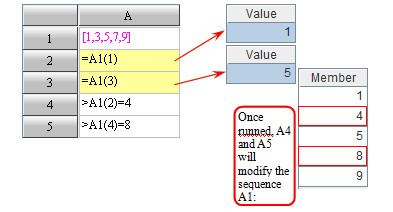


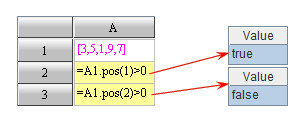
2.Accessing Subsets
With serial numbers, you can access the subsets of a set.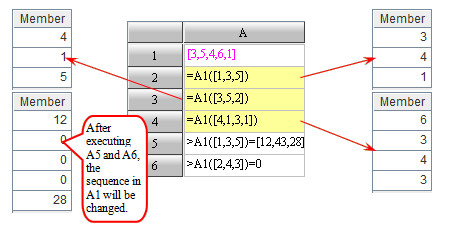


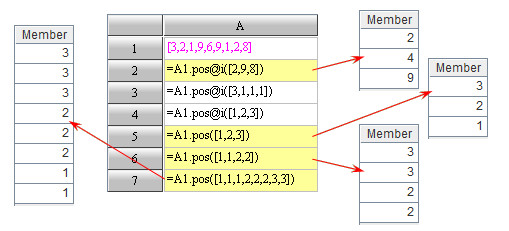
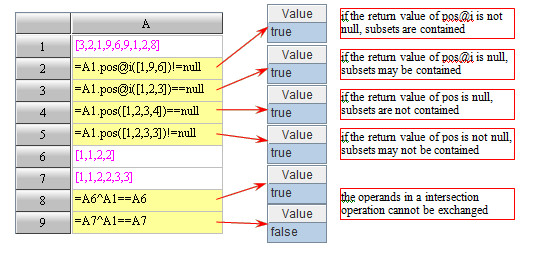
3.Locating by Using the Loop Function
Like the symbol ~, the symbol # in a loop function indicates the serial number of the current member.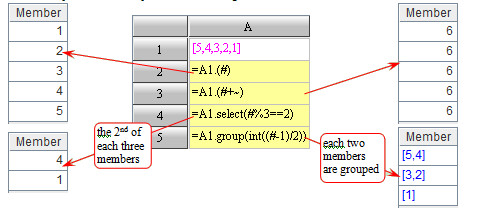
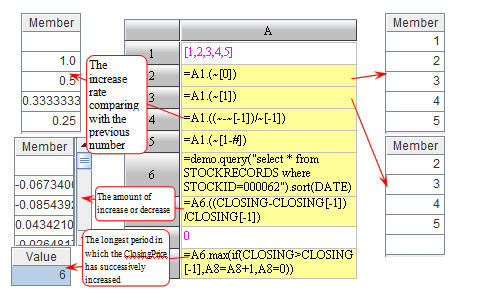
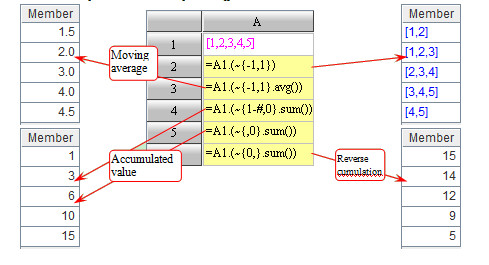
4.Alignment Access
As we know, the symbol # in a loop function is used to indicate the serial number of the current member. In fact, it is a number which can be operated like other numbers. Especially, it can be used as a serial number to access a member in another sequence. This is very important for the alignment access.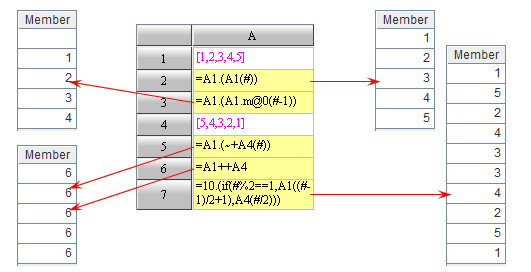

5.Sequence Alignment
Before an alignment access is executed, it is necessary that all the sequences are arranged in the same order. However, in practice, sequences are not always in the same order. Under such circumstance, you should use the align function to re-order sequences according to the order of a certain sequence so as to arrange them in the same order.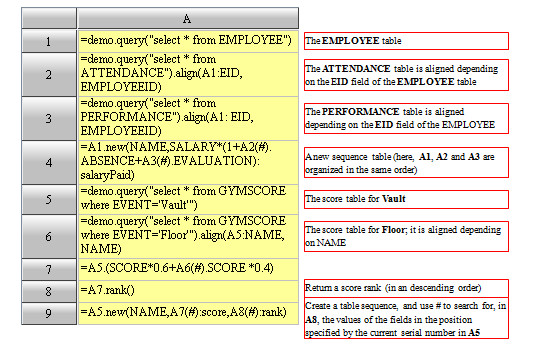
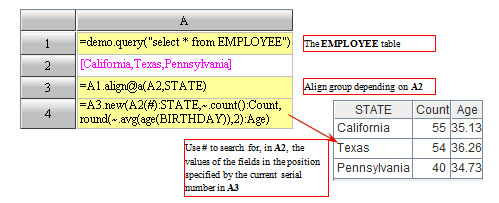
Using the align() function can fetch the first member of each grouped subset and then return a set consisting of these first members, instead of returning a set consisting of subsets. If there is only one member in each grouped subset, using this function is to order these members according to a standard sequence.
Similarly, the alignment access can be used in an enum group; here, enum@1 is not commonly used.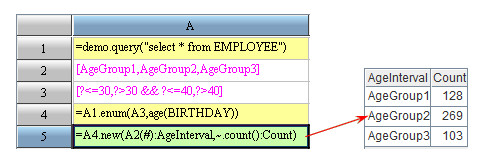
6.Interval Integer Sequence
An integer sequence is a special set that is applicable to all the set operations. In addition, it can be used as a serial number for accessing a subset in another sequence. Using the integer sequences freely is vital for you to form a thinking of serial number.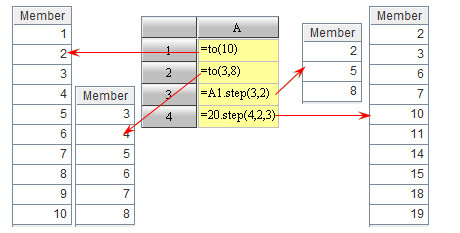
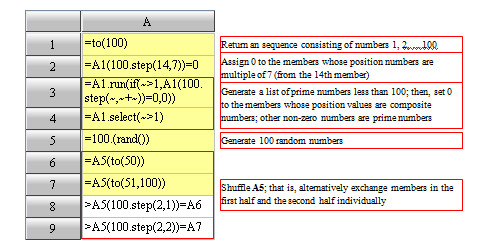
7.ISeq Consisting of Serial Numbers
After a sequence is ordered, the previous order of the members in the sequence will be discarded. However, in certain conditions, this order information may be required. For example, we may need to know the entry order of the three oldest employees in the company, the amount of increase of a share’s price for the three trading day on which the share prices are on the highest level, and so on.
This problem can be solved by using the psort function in esProc; the function returns the previous order of the ordered members.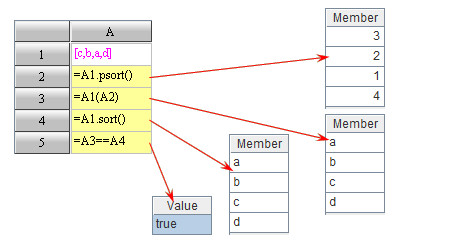
In plain words, in an integer sequence returned by the psort function, the first number is, relative to the original sequence, the serial number of the member which should be placed in the first place; the second member is, relative to the original sequence, the serial number of the member which should be placed in the second place; the rest may be deduced by analogy.
For the sequence resulting from the serial number ISeq, you can also use the inv() function to get the inverse ISeq composed of the serial number ISeq to restore.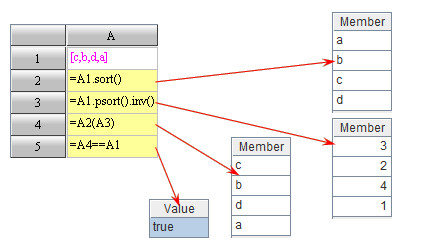
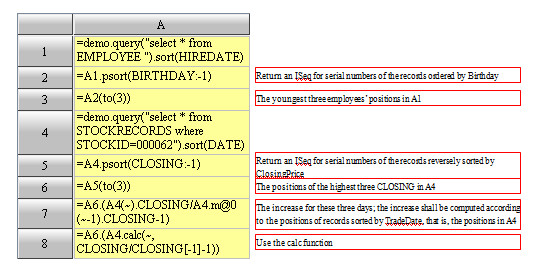

In this case, psort creates a binary search index for the sequence; there could be one or more search serial numbers, depending on keywords, for a single sequence.
In addition, an align group function can also return an ISeq consisting of serial numbers, instead of the sequence aligned.
8.Locating Computation
After working out serial numbers of records needed, we can compute the required results with locating computation A.calc().The locating computation can avoid unnecessary computation and increase efficiency.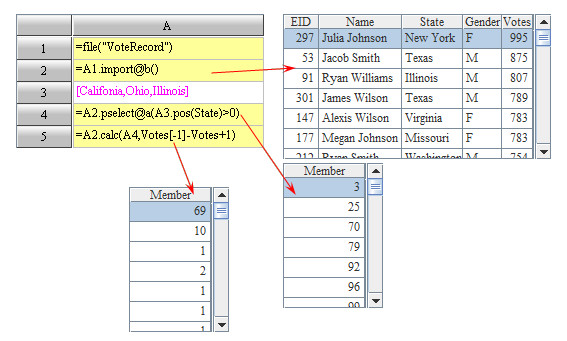
Java


 Raqsoft
Raqsoft
